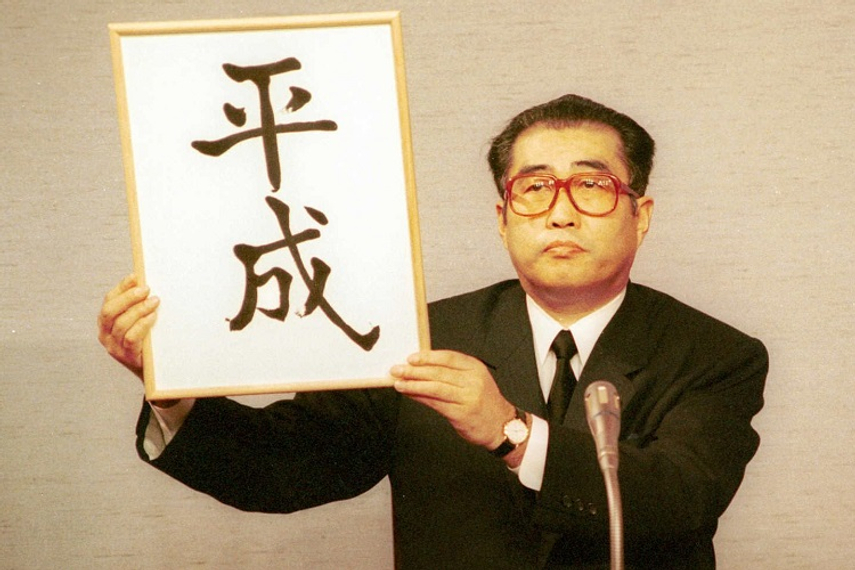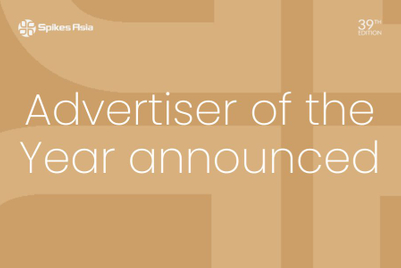
It is the kind of stuff history is made of. The kind of stuff you learn and cram at school. Imagine coining the phrase ‘The Victorian era’ or ‘The Mughal period’ or ‘The Stone Age’. And then imagine how millions and millions of people on Planet Earth will use that phrase for years and years, and for generations after generations. Well, we are today in that unique cusp of history. Today, the Japanese government will announce the era name that will be used for the new Emperor's reign that begins on May 1, as the current Emperor Akihito abdicates in favour of his son Crown Prince Naruhito.
In 1989, Emperor Akihito took the throne. The name given for the era under his reign was 'Heisei' which is now in its 31st year. Before that, the Emperor's father, the war-time Emperor Hirohito, held the throne for 62 years—an era that was named Showa.
Every emperor's reign, or gengo, has a name, which is used alongside the Western calendar to count the years, so the choice of the name is critical. To some it's just the naming of an era, but to others it's similar to the naming of a newborn child. It will carry the hopes and expectations for the future of Japan. As the Guardian put it, “The names given to Japanese imperial reigns can have far-reaching consequences. The choice of characters can help determine the national zeitgeist and, over time, the name becomes a byword for collective memories of the era in question”.
The gengo name appears on coins, newspapers, driving licenses and official paperwork as a way of marking time. Under the system, which spans several centuries, 2019 is known as Heisei 31, or the 31st year of Akihito’s reign. The early announcement, a month ahead of the ascension, will give companies in Japan and public bodies time to incorporate the new era’s name into their paperwork and computer systems, and avoid any Y2K-style glitches when Naruhito becomes Emperor on 1 May.
Local governments and corporate Japan have been preparing for the change for months and are confident that they will be able to update their IT systems and paperwork in time. Government offices will need to cross out or destroy thousands of documents and stamps as the new order sets in. Companies like Microsoft, Fujitsu and NEC, meanwhile, have been working overtime at client locations to ensure the computers understand that it is the end of one era, and the beginning of another.
Knowing that my old friends at Dentsu are invariably involved in almost everything of consequence that happens in Japan, I called some of my old cronies at Japan’s largest ad agency to ask if they had the mandate for delivering the new era name to Japan, and the world. I was told that The Era Name Act stipulates that a name must be written with two Chinese characters, it must have a positive meaning, and it must be easy to read and write, and it must not be a phrase that is commonly used. It is also unlikely to start with the first character of any of the last four eras: Heisei, Showa, Taisho and Meiji.
Beyond that, the selection process is highly confidential. The process has been in progress for a year now. A group of academics (not Dentsu, I am surprised) were asked to submit initial proposals. Officials in the Imperial inner circle then narrowed them down to a few choices. Another expert panel debated and recommended the final chosen one. Japan's cabinet this morning will either endorse the recommended choice or pick the name from the earlier shortlist.
What is interesting is that no one really knows who these people on the decision-making panels are. It is a tightly-held secret. To guard against leaks, even cabinet members will reportedly hand over their phones and smart watches before the meeting, and must stay in the decision-making room until the official proclamation is made. At around 11:30 am in Tokyo, the chief cabinet secretary, Yoshihide Suga (despite much media speculation that the announcement would be made by the prime minister, Shinzō Abe) will enter a room, pause, bow, gather his thoughts and then hold up a work of handwritten calligraphy—written in traditional sumi ink on decorated shikishi paper. Millions of people across Japan will pause too and digest the meaning of the two kanji characters, and Japan will finally have the answer to a question that has kept it in suspense and anticipation for months: the name of the new imperial era.
Every time in the past, the new era name was only revealed when one emperor had died and another was to ascend the Chrysanthemum Throne. Things are different this time because Emperor Akihito is abdicating. There has been ample time to discuss, deliberate and debate the era name. Heiwa (peace) and Ankyu (peaceful and permanent) are potential candidates, but no one really knows.
Eras, their names and their happenings, each have a distinct flavor. At the beginning of the Meiji era in the late 19th century, Japan began to adopt a capitalist system and opened up to the world. Yet this new modern phase also marked the end of an era: when Meiji began, the nation's rulers were still samurais. The Meiji (enlightened rule) era of 1868-1912 is therefore remembered as a period of western-inspired modernization. The Showa (enlightened harmony) era, which began in 1926, is closely associated with Japan’s economic rise, but also with its role in the second World War. So there are always mixed feelings when Showa is mentioned. The Heisei era too has its own set of imagery. Foremost of course what comes to mind is the end of the bubble economy. Also the loss of economic supremacy in Asia to China. And of course, there are memories of the 1995 terrorist attack on the Tokyo subway and the disastrous earthquake, tsunami and nuclear accidents of March 2011.
Well, this morning will witness the historic revelation: the new era’s name will be a veritable ‘reset’. Japan will surely hope it will be a reset for new ‘hope’.
Dr Sandeep Goyal has worked with Japan for over 25 years. His book ‘Japan Made Easy’ , published by Harper Collins, will be in book shops later this summer.


.jpg&h=334&w=500&q=100&v=20250320&c=1)
.jpg&h=334&w=500&q=100&v=20250320&c=1)

.jpg&h=334&w=500&q=100&v=20250320&c=1)
.png&h=334&w=500&q=100&v=20250320&c=1)
.png&h=334&w=500&q=100&v=20250320&c=1)







.jpg&h=268&w=401&q=100&v=20250320&c=1)



.png&h=268&w=401&q=100&v=20250320&c=1)